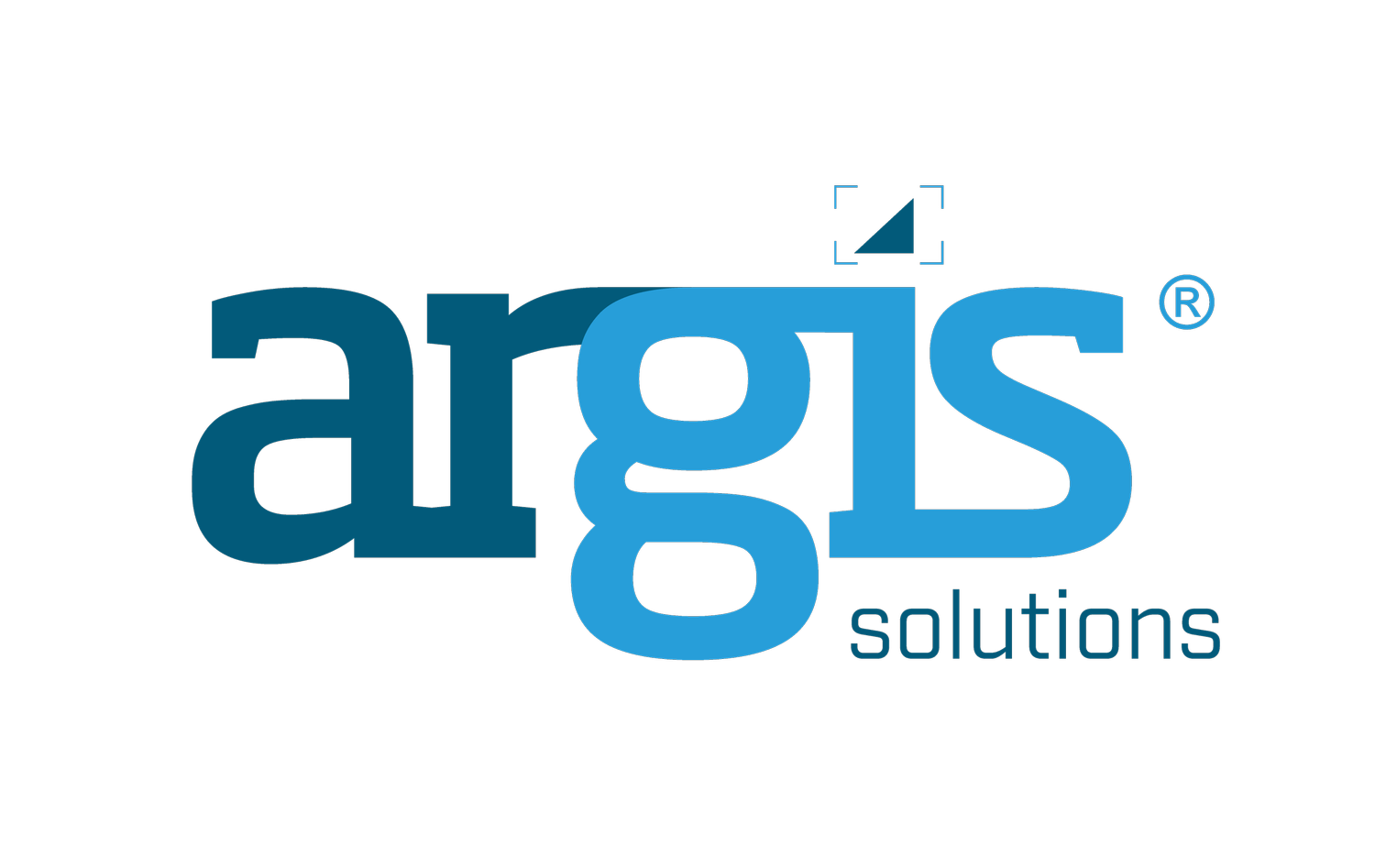Mitigating Risk in Excavation: Why it Pays to be Careful
By Brady Hustad
Risk is a critical factor in excavation. Companies that bury assets underground at some point must dig them back up, to repair, maintain, upgrade, or add to those assets. What’s the risk? If your team is not prepared, then once that backhoe, hydro-trencher, or other equipment breaks ground, the potential for digging up critical infrastructure by accident increases tenfold. There is a reason why OSHA lists excavation as one of the most dangerous work-related activities. Errors can be costly and dangerous without complete knowledge of what is below ground. At best, mistakes can cost $10,000 or more in repairing and rebuilding. At worst, mistakes can cost companies hundreds of thousands in damages not exclusive to explosions, injury, contamination, or even fatalities.
Risk mitigation is planning for the worst so that it never happens. Responsible organizations take risk mitigation seriously. They invest in locates, high quality maps, and geospatial data, and they bring in the experts to flag that information on site with One Call support.
One Call support is a great way to get ahead in mitigating risk. But with the current technology available to such teams, One Call technicians often have to interpret GIS data then make a report to send to the excavation team. What if the One Call team could add a technology that could increase chances of safe, successful operations in the field?
I call it field operational awareness. For the past decade we have worked to get operational and situational awareness in our call centers, ops centers, and other off-site locations with lots of computing power and big connections to the internet. But this power is now available in the field. Through the use of augmented reality (AR), your field crews can have the ability to see buried assets, their underground layout—their complete situation— right there, in the field, under their feet. They can literally ‘step into their map’ and see accurate geospatial data all around them.
Picture this: the One Call team just went out on a locate. They looked at their paper map, drawing, or 2D representation that they received from the GIS management team. With their electronic locater out, the team flags the area. Then they pull up this new augmented reality (AR) solution and realize there was a line in there that wasn’t flagged. Is it real? Should it be there? Perhaps, perhaps not, but either way, wouldn’t you rather stop right there and confirm the situation before telling the excavation crew to start digging? Or, on a more happy ending, the AR solution shows that you have marked everything your data states is out there, and you can confirm this in your One Call report with a quick screen capture of your data overlaying your now-flagged field.
The new workflow can improve the One Call risk assessment in this way:
Once in the field, review the area in AR to see what you can expect and, in general, where it will be.
Get out your locating method and locate all those lines, flagging everything you find.
Once complete, pull out your tablet or phone again, and review the flags. Do they match, does the data look similar? If so, quickly take a screen capture.
Now, build your One Call report. Instead of drawing a cumbersome map, just add the AR screen capture, saving you time and effort on each locate.
This is such a simple step when you add the Argis Framework and Argis Lens to One Call workflows. Our new technology saves not only time and effort on each and every locate, but more importantly, adds another valuable level of quality assurance.

